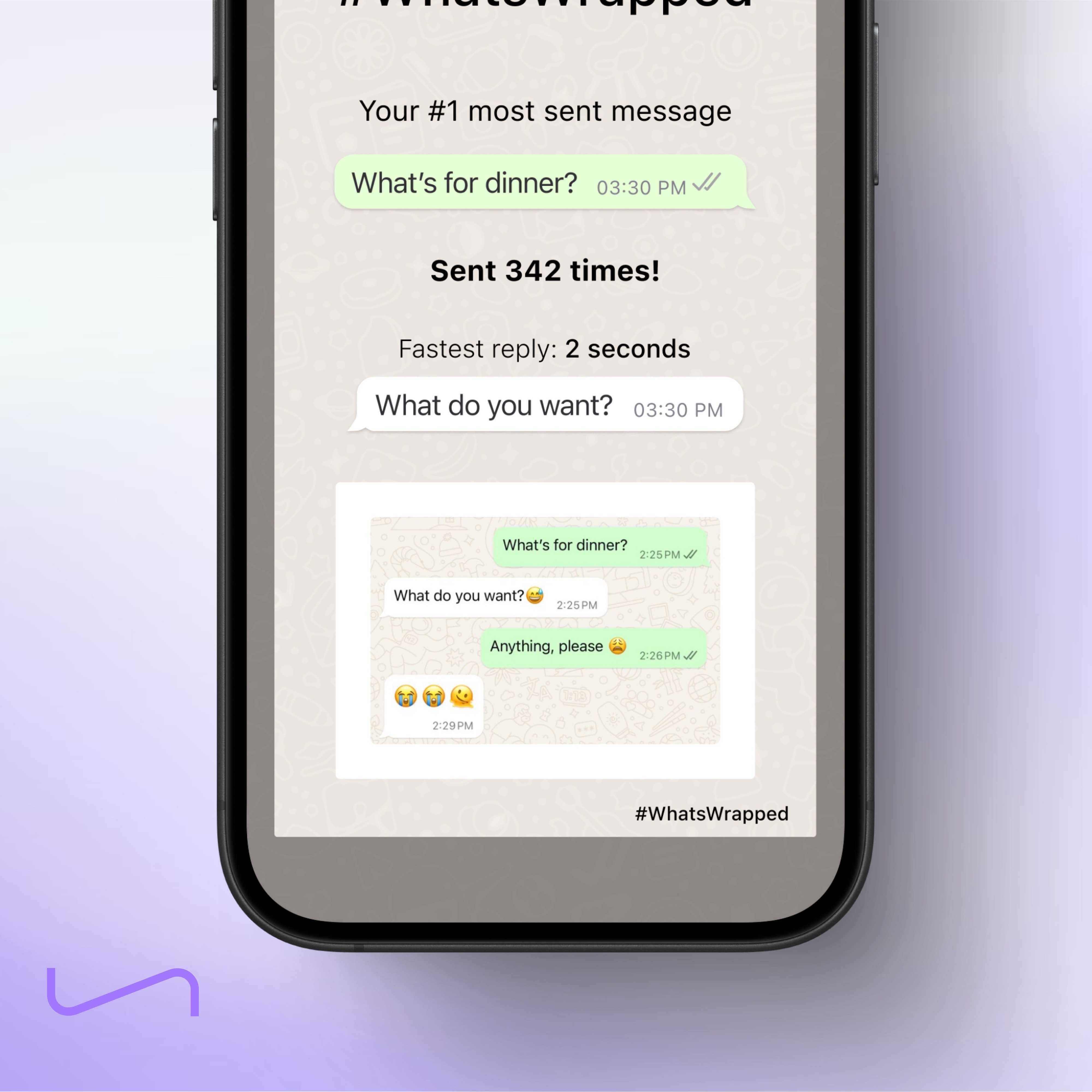What If Instagram Told You Who Did It Better (And By Exactly How Much)?
You post the beach pic: windswept hair, golden hour glow, toddler miraculously not crying. You think: This is the one.
Twelve likes later — your mom, your college roommate, and crickets — the algorithm pipes up with some shade.
Right on top of your post, Instagram shows a “similar” one: your friend Bethany, same beach, same kid vibes… but artier. She’s facing away, her child peeking over her shoulder. 180 likes. A comment from that momfluencer you follow: “Obsessed 😍”
Then, the kicker:
“Bethany’s beach post got 15x more likes. Maybe try facing away from the camera next time?”
Introducing Instagram’s Social Comparison Highlight. Who needs inner critics when your app can do the shaming for you?
The Behavioral Science Behind It
This redesign amplifies upward social comparison — our natural tendency to compare ourselves to those doing better — by making those comparisons inescapably salient.
The Social Comparison Highlight doesn’t just lean into that tendency — it weaponizes it.
On top of upward social comparison, this feature takes advantage of:
Salience: It doesn’t wait for you to compare — it serves up a similar, higher-performing post right on top of your own. You can’t ignore it.
Status signaling: Likes and comments aren’t just numbers — they’re public markers of approval and belonging. It reinforces the idea that your social media engagement equals your worth: More likes = more clout.
Performance pressure: With visible metrics and direct comparison, every post becomes a test. Are you doing it right? Are you winning the content game?
The hedonic treadmill: Even if your stats improve, the satisfaction is short-lived. Your baseline shifts. Today you’re chasing Bethany — tomorrow, it’s that influencer with a drone, a dog, and a perfectly staged acai smoothie bowl. There’s always someone doing better.
All in all, it’s engineered insecurity masked as motivation.
A Nuanced Take
Social comparison isn’t inherently bad. It can drive ambition and learning. But when it’s weaponized for engagement, it becomes something else entirely — a source of self-doubt, status anxiety, and endless refreshing of our own posts. Not exactly time well spent.
Tech doesn’t have to work this way. We can design for connection instead of competition. Until then, maybe just post the pic you like. Even if Bethany’s facing the other way.










